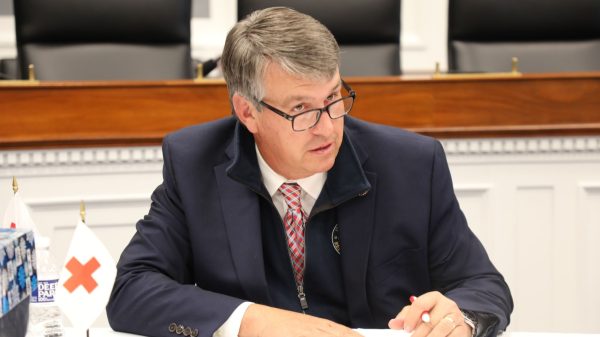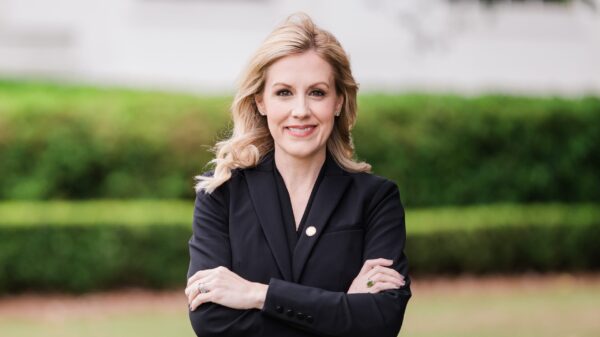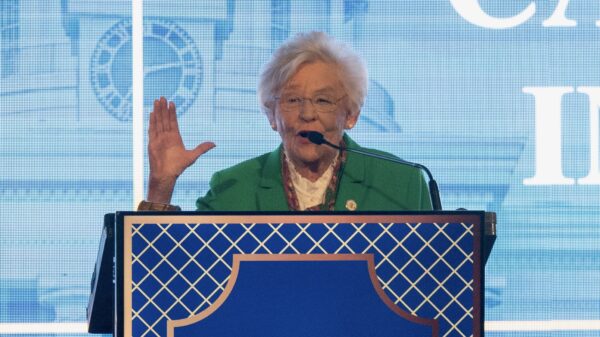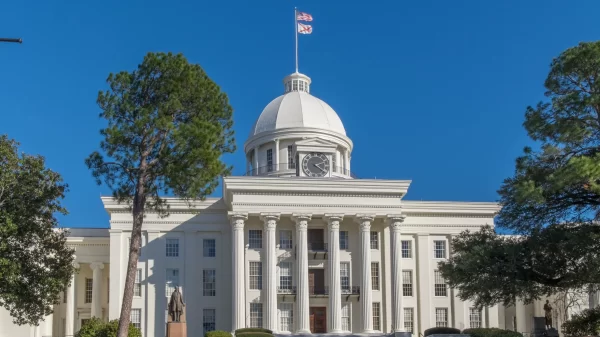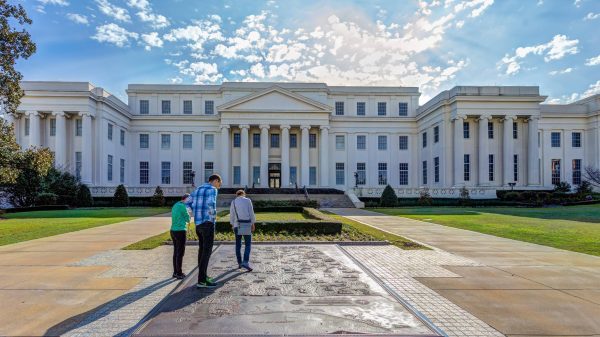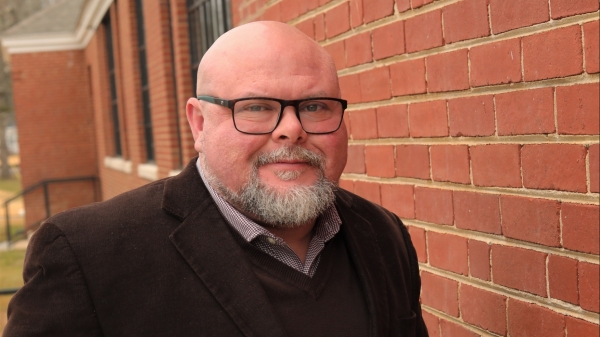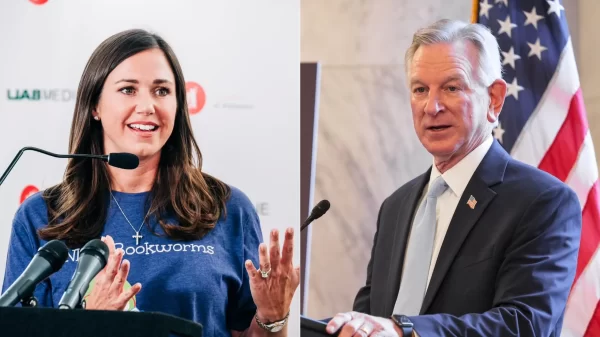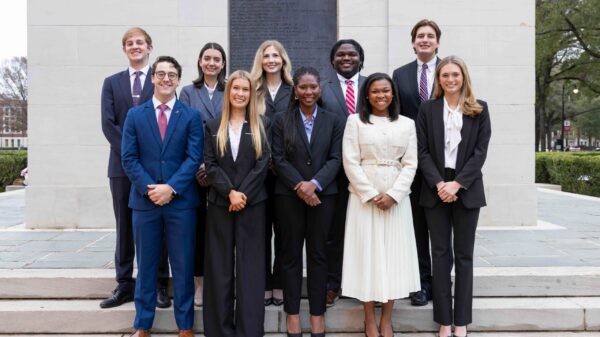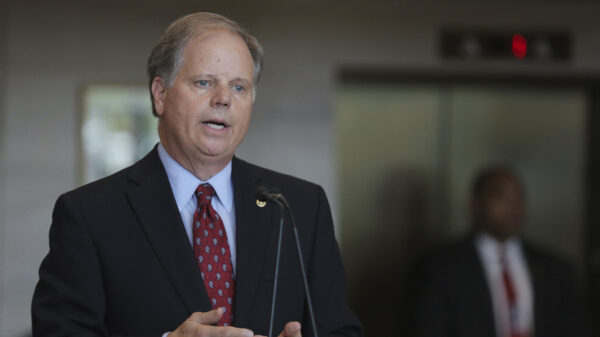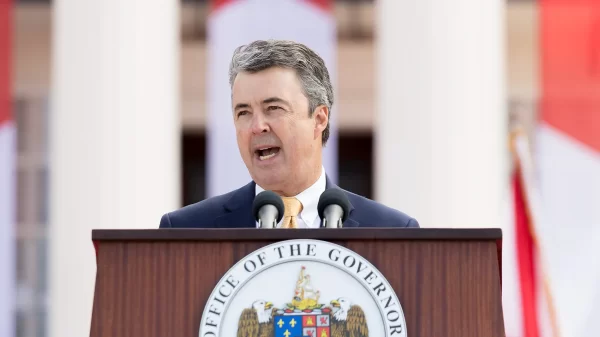In a bipartisan effort to address the nation’s growing physician shortage, U.S. Reps. Terri Sewell, D‑Alabama, and Brian Fitzpatrick, R‑Pennsylvania, introduced the Resident Physician Shortage Reduction Act of 2025 on Monday. The legislation would increase the number of Medicare-supported medical residency positions by 14,000 over the next seven years, aiming to improve access to care for patients nationwide.
The bill responds to a developing crisis in health care access. According to the Association of American Medical Colleges, the United States faces a projected shortfall of up to 86,000 physicians by 2036. This gap will be driven by population growth, an aging population with greater medical needs and the impending retirement of a large portion of the current physician workforce.
“Our nation’s doctor shortage threatens to make it harder for millions of Americans to access the lifesaving care they depend on. The situation is especially dire for rural communities like the ones I represent. Our Resident Physician Shortage Reduction Act is a commonsense bill that will help us train more doctors to meet the growing demand. It will give our hospitals and health centers the tools they need to increase access, lower wait times for patients, and better serve Americans’ health needs,” said Sewell.
The bill would fund 14,000 new Medicare-supported residency positions, phased in at roughly 2,000 slots per year between fiscal years 2026 and 2032. It would also permanently codify the Rural Residency Planning and Development Program, which assists hospitals in underserved areas with starting residency training programs.
In 2023, Alabama had 15 teaching hospitals throughout the state. Of the 1,049 residents in training, 895 of them were Medicare-supported residencies, according to the AAMC.
The legislation builds on previous congressional action to increase the number of federally supported residency positions. Congress added 1,200 new resident spaces through spending bills enacted in 2021 and 2023.
Supporters of the bill say these provisions are especially critical for rural and underserved communities, where the lack of physicians is most pronounced.
Medical organizations expressed support for the legislation. AAMC President and CEO Dr. David J. Skorton praised the bill, saying it “would take a crucial step toward addressing the physician shortage” while also “strengthening training in both urban and rural communities nationwide.”
While targeting both urban and rural areas and providing a multi-year roadmap for graduate medical education expansion, the Resident Physician Shortage Reduction Act of 2025 would deliver improvements to one of the most pressing issues in American health care.



